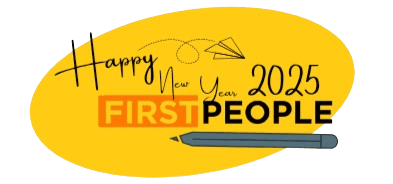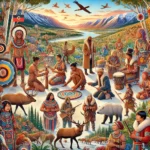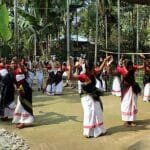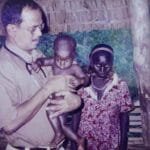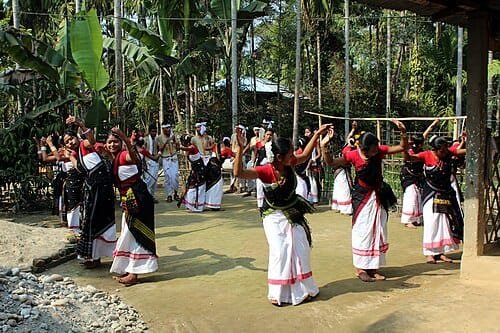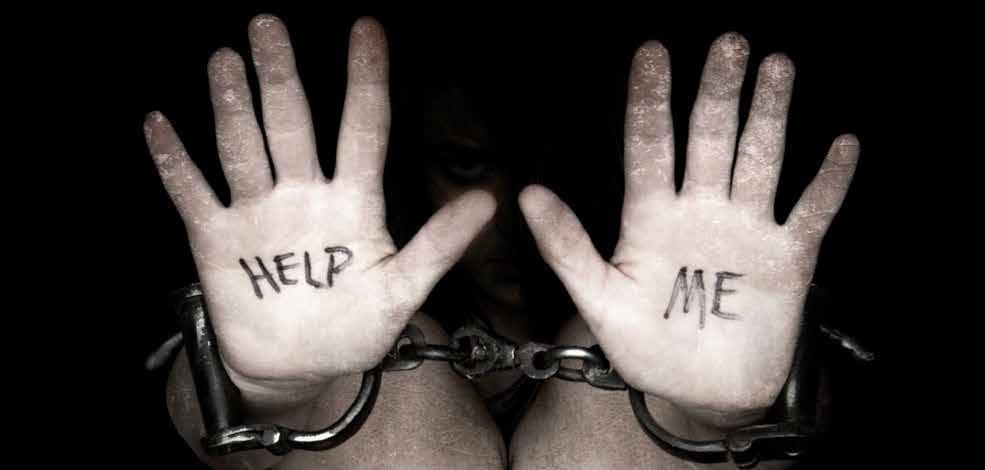Every year on August 9, the world observes International day of worlds Indigenous people to recognize and protect the rights, identity, and heritage of Indigenous peoples across the globe. Despite their rich cultural contributions, Indigenous communities have often faced the gravest violations of their rights.
The Crisis of Indigenous Languages
Today, there are nearly 5,000 different Indigenous communities spread across 90 countries, home to around 476 million people who speak over 7,000 languages. Alarmingly, 2,680 of these languages are on the verge of extinction.
Recognizing this crisis, the United Nations General Assembly proclaimed:
- 2019 as the Year of Indigenous Languages
- 2022–2032 as the International Decade of Indigenous Languages
The aim is to draw global attention and take urgent action to preserve these languages, which are vital to Indigenous identity.
Historical Background and International Action
Efforts to address discrimination and abuse against Indigenous peoples have a long and evolving history.
- 1920: The International Labour Organization (ILO), which emerged as a key UN agency after the League of Nations, began to highlight Indigenous issues.
- 1957: The ILO adopted Convention No. 107, the first international document dedicated to safeguarding Indigenous populations from exploitation and discrimination.
- 1989: This was revised as Convention No. 169, which formally recognized Indigenous peoples’ right to self-determination and ownership of land, territories, and natural resources.
This landmark convention strongly influenced the UN Declaration on the Rights of Indigenous Peoples, adopted on September 13, 2007.
The Role of the Americas
The push to recognize Indigenous rights gained significant momentum in the Americas.
- 1977: An international conference was held in Geneva with UN support, where Indigenous representatives demanded that Columbus Day be replaced with an Indigenous Peoples’ Day.
- 1982: The first UN working group meeting on Indigenous issues took place on August 9 in Geneva—a date later chosen as World Indigenous Day.
- 1989: Indigenous activists began observing October 12 as Indigenous Peoples’ Day in place of Columbus Day.
- 1990: The UN General Assembly adopted Resolution 45/164, declaring 1993 the International Year of the World’s Indigenous People to promote their human rights, environmental protection, development, education, and health.
- 1994: The UN General Assembly formally proclaimed August 9 as the annual International Day of the World’s Indigenous Peoples and 1995–2004 as the First International Decade of the World’s Indigenous People.
- 2005–2014: The Second International Decade followed, to strengthen cooperation on Indigenous rights.
India’s Indigenous Peoples: A New Era of Recognition?
India has a significant Indigenous population whose struggles over land, language, culture, and survival continue amid pressures of development and urbanization.
After seven decades of independence, Draupadi Murmu, India’s first Indigenous President, has come to symbolize a moment of historic visibility. There is a growing call for the Government of India to:
- Officially recognize Indigenous peoples as “Indigenous Peoples of India”
- Implement the UN Declaration on the Rights of Indigenous Peoples (UNDRIP)
- Uphold constitutional, legal, and traditional rights
Why This Day Matters
World Indigenous Day is not merely symbolic. It reminds us that:
- Indigenous rights are human rights
- Preserving Indigenous cultures and languages is critical for humanity’s diversity
- Respect for their contributions to environmental conservation is vital for our collective future
The true meaning of World Indigenous Day lies in concrete action: ensuring that Indigenous communities can live with dignity, autonomy, and pride in their identity.
When Indigenous peoples can say, “We are here, and we will remain,” it is not just a declaration—it is a testament to resilience and the unbroken spirit of humanity.
